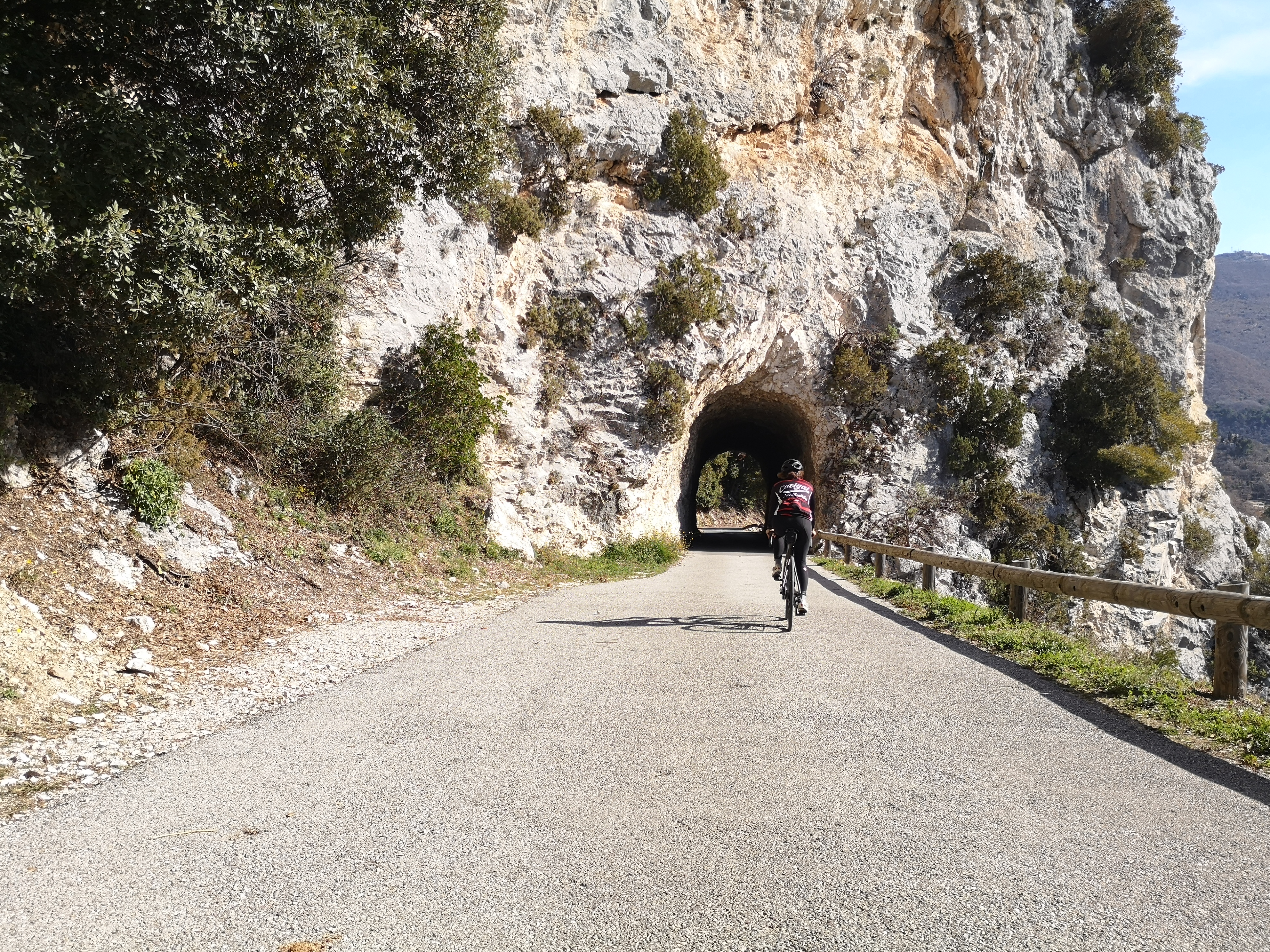A few years back, Dr. Stacy T. Sims launched this powerful catch phrase : Women are Not Small Men. More than just a feminist slogan, it actually acknowledges that there are some fundamental differences between men and women. The first research on women in sports date back to the 80’s : we don’t have much knowledge on how the female bodies react to exercise ! However, some scientists have researched on women and could point out similarities and differences between men and women. Here are some of her findings adapted to my coaching strategy for female athletes.
What kind of male / female difference ?
Physiology, how female bodies work is in no way comparable to how male bodies work. It’s not only a question of being irritable once every month or putting out less power, it is much deeper than that. Female hormones have profound impacts on how their bodies react to exercise, and how they recover from exercising.
Namely, the female menstrual cycle can be divided into two phases, the first one (the follicular phase) where the body slowly releases more and more estrogen, and a second phase (the luteal phase) where both hormones estrogen and progesterone are high. Among other effects, the hormone estrogen inceases fat deposition, inhibits the protein synthesis (muscle building process). This is why the hormone concentration during the first days of the cycle is favourable for performance, then estrogen and progesterone have effects impacting performance and recovery. The progesterone hormone increases muscle breakdown, which makes it very hard to recover and build muscle in the second part of the menstrual cycle.
On the other hand, women glands produce less testosterone than men, while testosterone leads to protein synthesis (muscle building), increases red blood cell production (oxygen carriers in the blood) and increases bone formation.
Other parameters such as body geometry (shape of the pelvis, center of gravity, Q-angle), body composition (statistically, healthy body fat ranges span from 12 to 30% in women and 5 to 25% in men), organ size : women have a smaller heart and thus a smaller heart volume, lower diastolic pressure (meaning less oxygenated blood pumped every beat) smaller rib cages and smaller lungs, and thus lower VO2max than men (15% to 25% lower on average).
As for recovery, the fat-burning postexercise metabolism we all know is much shorter in women than men : women metabolism comes back to normal around 3 hours after the end of the workout, whereas it lasts up to 21 hours for men.
Support your body grow
You can only change what is in your control. Your body is what it is with regular cycles of hormones, each of them having effects : that you can’t control. However, you can control the way you train to match your body’a abilities, and more especially adapting the periodization of your training to your body own periods.
Traditional training periodisation in endurance sports divides an annual training plan into 1 month long mesophases where during 3 weeks volume and intensity are increased, before a week of recovery and adaptation takes place. By applying this 3 weeks ON / 1 week OFF concept to a woman with a 28 days / 4 weeks cycle, you would get one week (the third week) of high volume and high intensity training during the high-hormone luteal phase, meaning the athlete would have a harder time reaching the intensities due to the high estrogen concentrations, and will recover badly due to the high progesterone concentrations : the perfect mix for over-training !
The overall idea of training is to induce physiological adaptations to make your body faster, not weaker. To achieve this, it’s all about working with your physiology : a woman’s body will adapt and recover efficiently in the first half of her cycle, whereas during the second half of her cycle it will be harder to recover and build muscle from her training.
How do you coach women then ?
The first important element is to determine if the athlete is pre- or post-menopausal, and if pre-menopausal, to know her cycle length or if she is taking an oral contraceptive pill. Once this is established, it is possible to work on the periodization of the different workouts, aiming (for instance for pre-menopausal women) at less intensities during the second phase of the cycle or more force/strength training during the first half.
Then, the next step is to explore the side effects of the hormone, and work on the nutrition and hydration in order to balance these effects. If competitions are planned during the high hormone phase, supplementations can help balance the effects of the hormones in order to guarantee that side effects such as gastro-intestinal distress or menstrual cramps don’t hinder the performance of the athlete.
More than anything else, it is a shared work between the athlete and the coach to observe the body behaviour in order to be able to adapt the training.






